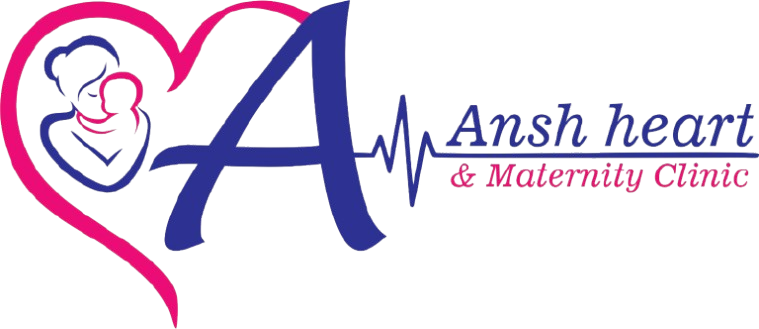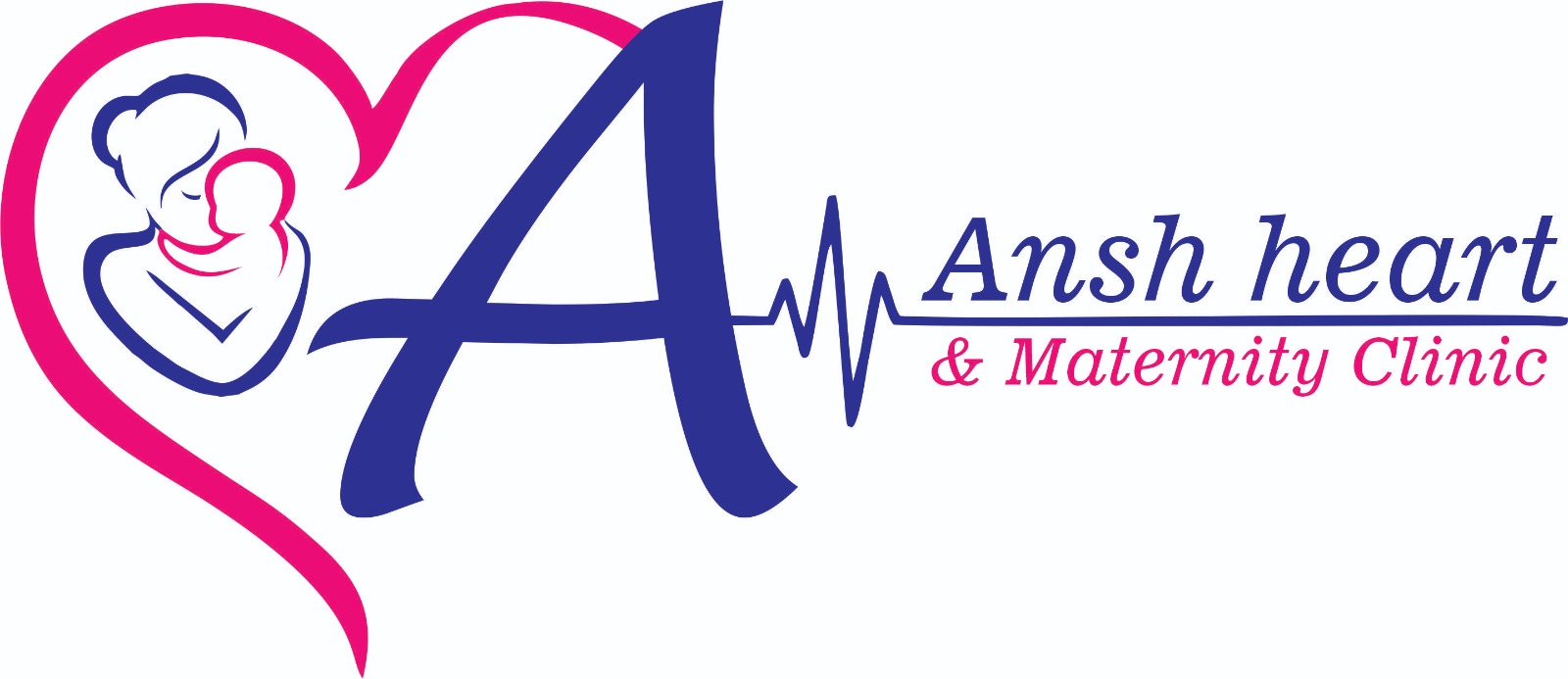
Device Closure of ASD, VSD, and PDA refers to the use of medical devices to treat certain congenital heart defects without the need for open-heart surgery. These defects include Atrial Septal Defect (ASD), Ventricular Septal Defect (VSD), and Patent Ductus Arteriosus (PDA), which can cause abnormal blood flow within the heart. Instead of traditional surgical methods, a minimally invasive procedure is performed using a catheter-based approach to place a closure device that helps seal or close the hole in the heart.
Atrial Septal Defect (ASD)
- What it is: An ASD is a hole in the atrial septum, the wall that divides the two upper chambers of the heart (the right and left atria). It allows blood to flow from the left atrium to the right atrium, which can cause blood to flow abnormally and increase the workload on the heart and lungs.
- Symptoms: Some people may not experience symptoms, while others may have shortness of breath, fatigue, or difficulty exercising. If left untreated, ASD can lead to complications like heart failure or stroke.
- Device Closure: The procedure involves inserting a catheter through a vein (often through the groin) and advancing it to the heart. A device, typically a self-expanding mesh, is deployed to cover and close the defect, preventing the abnormal flow of blood.
- Devices Used: The most commonly used devices for ASD closure are Amplatzer Septal Occluder, Helex Septal Occluder, or other similar devices. These devices are designed to expand once in place, sealing the hole.
2. Ventricular Septal Defect (VSD)
- What it is: A VSD is a hole in the ventricular septum, the wall between the two lower chambers of the heart (the right and left ventricles). This defect allows blood to flow from the left ventricle (high-pressure side) to the right ventricle (low-pressure side), causing extra strain on the heart and lungs.
- Symptoms: Symptoms may include fatigue, poor feeding in infants, and shortness of breath. Larger defects can lead to more significant complications like heart failure, pulmonary hypertension, and arrhythmias.
- Device Closure: VSD closure is typically more complex than ASD closure due to the higher pressures in the ventricles and the size and location of the hole. In some cases, a catheter-based approach can be used to place a device that seals the defect, though in some situations, surgery may still be required.
- Devices Used: Devices used for VSD closure may include Amplatzer VSD Occluder or other specially designed devices for sealing the defect. These devices may be used in cases where the defect is not too large or complicated.
3. Patent Ductus Arteriosus (PDA)
- What it is: PDA is a condition where the ductus arteriosus, a blood vessel that connects the pulmonary artery and the aorta during fetal development, fails to close after birth. Normally, this vessel closes shortly after birth, but if it remains open, it can cause abnormal blood flow between the aorta and pulmonary artery, leading to increased blood flow to the lungs.
- Symptoms: Symptoms of PDA can include a heart murmur, difficulty breathing, poor feeding, or failure to thrive, especially in infants. In severe cases, PDA can lead to heart failure and pulmonary hypertension.
- Device Closure: The PDA is typically closed using a catheter-based device that is inserted into the blood vessels (usually through the groin) and advanced to the heart. The device is positioned across the ductus arteriosus to close it off.
- Devices Used: Common devices for PDA closure include Amplatzer Duct Occluder, which is a self-expanding device that blocks the flow through the ductus arteriosus.
The Device Closure Procedure:
The process for device closure of ASD, VSD, or PDA typically follows these general steps:
- Preparation: The procedure is usually performed under general anesthesia or local anesthesia with sedation, depending on the patient’s age and the complexity of the defect.
- Access: A small incision is made, often in the groin area, to insert a catheter into a vein or artery. The catheter is then guided toward the heart using advanced imaging techniques like fluoroscopy or echocardiography.
- Device Deployment: Once the catheter reaches the location of the defect, a closure device is positioned and deployed. For ASDs and PDAs, this often involves a self-expanding mesh device that seals the hole. For VSDs, more complex devices may be used depending on the size and location of the defect.
- Final Check: After the device is deployed, imaging tests are performed to ensure that the defect is closed properly and there are no complications such as residual leaks or device misplacement.
- Recovery: The patient is monitored for a short period in the hospital. Most patients can go home the same day or the next day, and full recovery typically takes only a few weeks.
Benefits of Device Closure:
- Minimally invasive: Device closure is a much less invasive option than traditional surgery, requiring only small incisions and resulting in a faster recovery.
- Shorter recovery time: Patients generally recover quickly from the procedure, with less pain and a reduced risk of infection compared to open-heart surgery.
- Reduced risk of complications: For many patients, device closure offers a lower risk of complications like bleeding, scarring, and long-term heart issues.
- Improved quality of life: After successful closure of the defect, many patients experience significant improvements in their symptoms and overall health.
Risks and Potential Complications:
- Device migration or dislodgement: In some cases, the closure device may move out of position, requiring additional procedures.
- Infection: As with any procedure involving catheter insertion, there is a small risk of infection at the access site or within the heart.
- Residual shunt: In rare cases, the hole may not be completely closed, and a small amount of blood may continue to flow through it.
- Blood clots: There is a risk of blood clot formation around the device, which could potentially lead to a stroke or other complications.
- Arrhythmias: The procedure may trigger abnormal heart rhythms in some patients, although this is usually temporary.
Indications for Device Closure:
- Atrial Septal Defect (ASD): Generally recommended for patients with moderate to large ASDs that cause symptoms or increase the risk of complications (e.g., stroke or heart failure).
- Ventricular Septal Defect (VSD): Device closure is an option for patients with small to moderate-sized VSDs that cause symptoms and are unlikely to close on their own. For larger VSDs, surgical closure may still be necessary.
- Patent Ductus Arteriosus (PDA): PDA device closure is recommended for symptomatic infants or children or in adults with significant shunting and complications.



